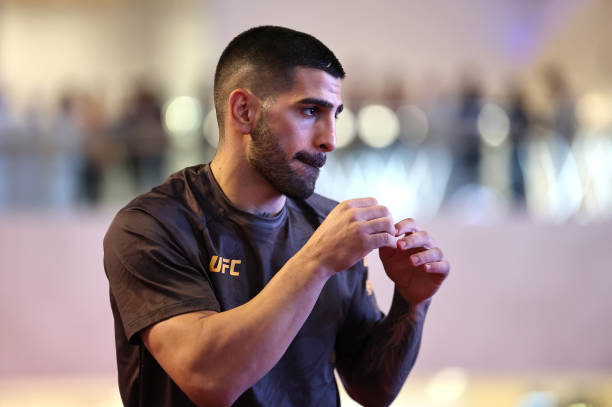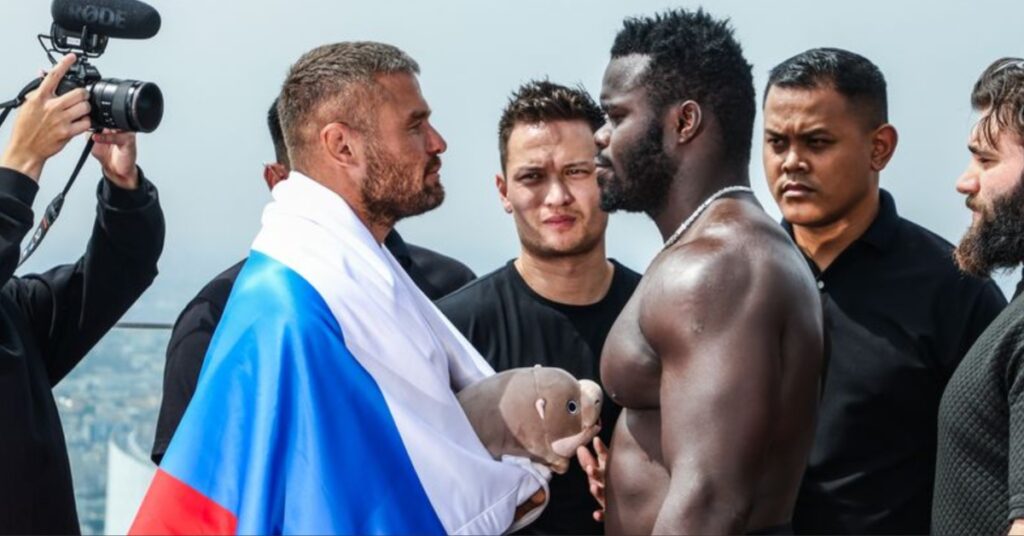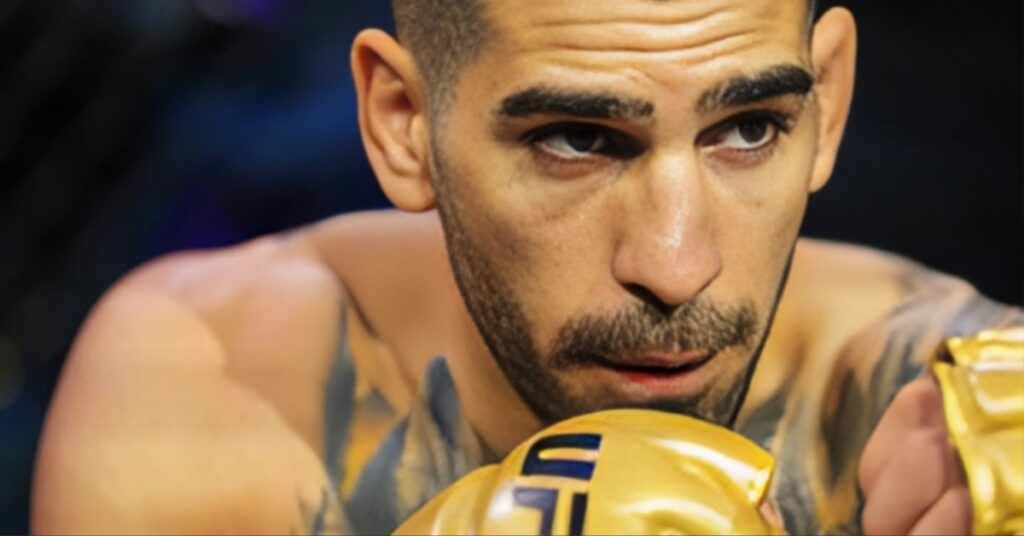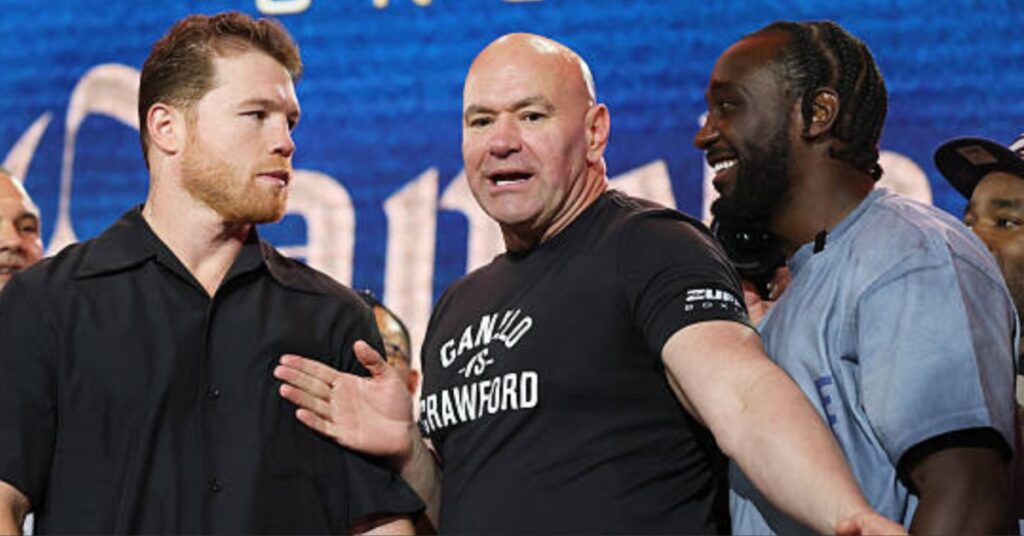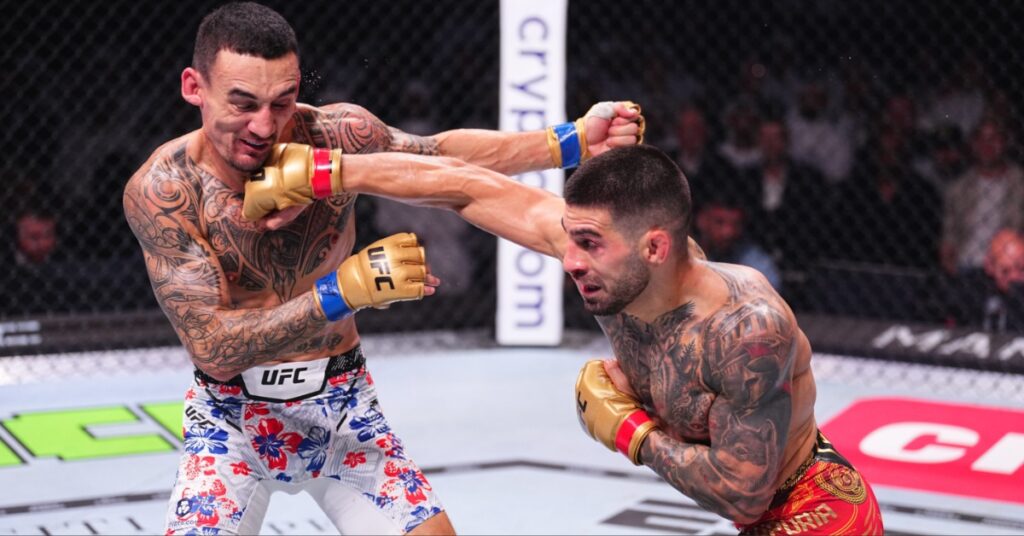Mitsuyo Maeda (Conde Koma): A Pioneer of Brazilian Jiu Jitsu
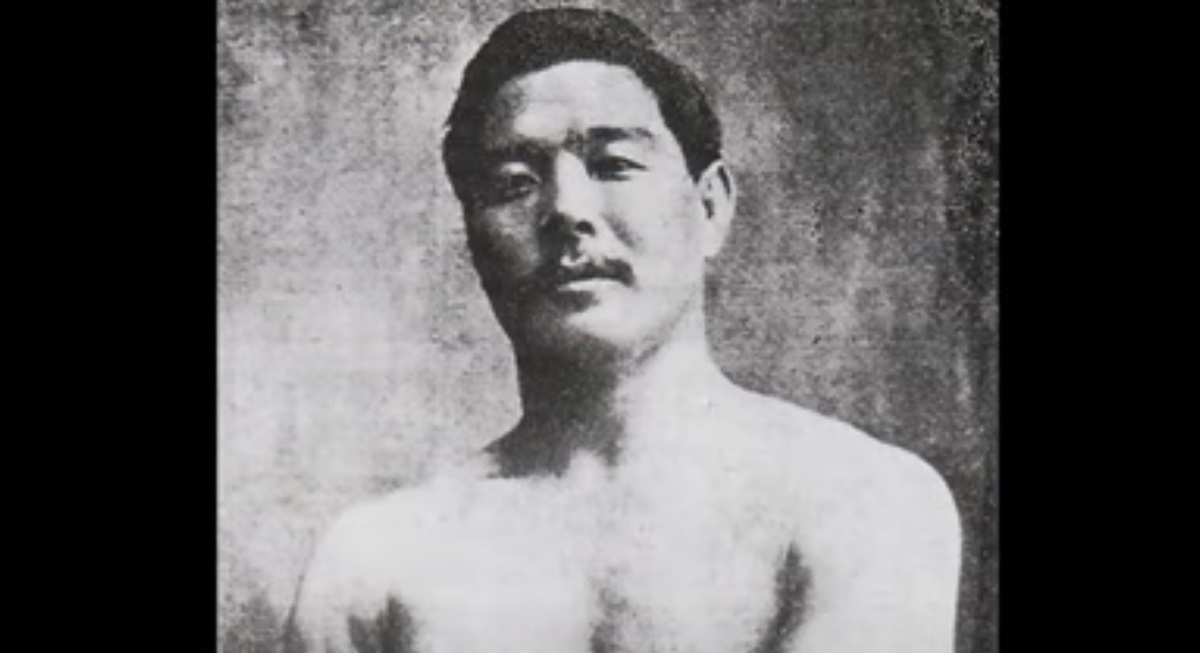
We often talk about the Gracie family, but Brazilian Jiu Jitsu wouldn’t exist without Master Mitsuyo Maeda. Conde Koma was one of the key martial artists responsible for introducing Judo into Brazil, which BJJ would develop from.
He has an incredible story that all martial artists and combat sports need to know. Going over Mitsuyo Maeda’s journey across the world and how he was a key figure in the creation of BJJ.
Mitsuyo Maeda’s Entry Into Judo
Mitsuyo Maeda grew up in Hirosaki, Japan, and was known by the name Hideyo. Maeda had a small build but would still attempt to play sports as a child.
He attempted Sumo wrestling as a kid but lacked the build to go anywhere in the sport. Hideyo would not attempt learning a new style until after he finished high school.
When Mitsuyo Maeda graduated, he enrolled at Waseda University in Tokyo and then enrolled in the Kodokan in 1895. The headquarters for Judo was founded by Grandmaster Jigoro Kano.
Mitsuyo was barely above five feet tall, which led the reception workers at the Kodokan to think he was a delivery boy. This was when Jigoro Kano would enter and take Mitsuyo into the academy.
Kano would appoint his smallest and most intelligent pupil Tsunjiro Tomita. One of Kodakan’s “Four Heavenly Kings” who were Kano’s first black belt students that became teachers.
The reason why Jigoro appointed Mitsuyo to train under Tsunjiro was to show that size doesn’t matter. Tomita was the smallest, but he was the best teacher and had the best technique of the other instructors.
This made Toshita the perfect teacher for Maeda, and he would take young Hideyo under his wing.
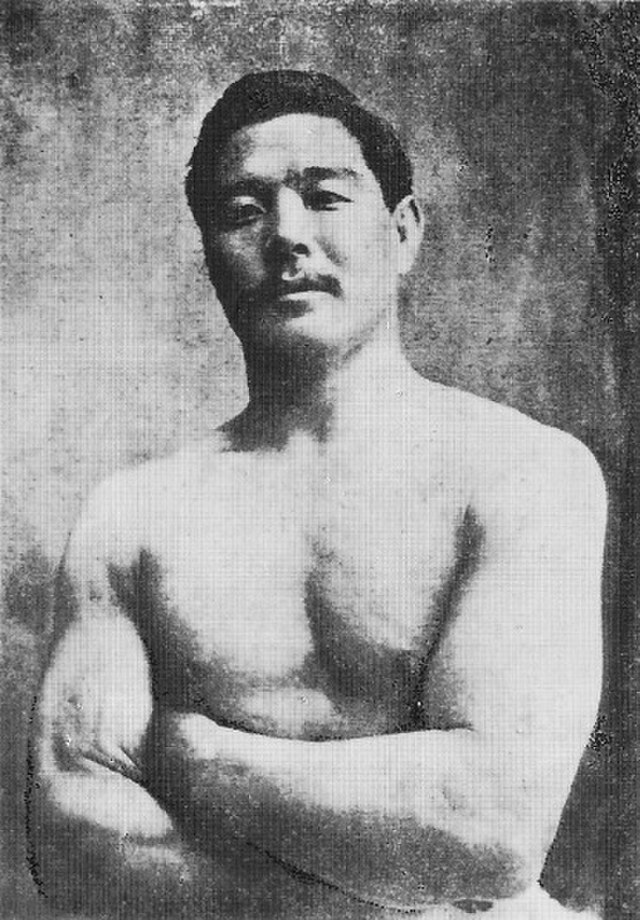
Mitsuyo Maeda Becomes 2nd Generation Kodoka
Through years of hard work, Maeda became one of the leaders of the 2nd generation Kodoka. Becoming the new head teachers of the school.
The two new head teachers were Maeda and Soishiro Satake. Soishiro was a former amateur Sumo champion that was double Maeda’s size.
Although, Satake admitted that Mitsuyo’s technique was better and couldn’t beat him in a match. The two would play a big part in the expansion of Judo in numerous parts of the world.
Mitsuyo Maeda’s Journeys
Before settling in Brazil, Mitsuyo Maeda traveled the world. Introducing and teaching Judo in numerous countries. Here’s a timeline of his travels before he moved to Brazil.
Maeda Travels to the US
Kodokan instructor Yamashita Yoshitsugu had taught in various US places the previous year.
One of his students happened to be Theodore Roosevelt, who asked him to teach at the US Naval Academy. Japanese legation took notice of where Yoshitsugu was teaching and wanted to take advantage of the good publicity.
They asked the Kodokan to send more teachers, and Maeda was one of the three instructors that accepted the invitation. Mitsuyo, Satake, and Toshita would arrive in New York City in 1904.
For the next two years, Mitsuyo Maeda would travel the US performing Judo demonstrations in various places. Also, taking challenges from American wrestlers in various stage and theater shows.
Some of the most notable places Maeda performed the demonstrations were US military academies, like West Point. Also, wrestling some of the more athletic cadets to prove the effectiveness of Judo.
Maeda, Tomita, and Satake would also travel across the US doing demonstrations at local YMCA gyms that were becoming popular. Everywhere from Alabama to Maine.
Later on during their stay, Maeda and his colleagues would rent a small space in New York City. One of the city’s very first Judo schools.
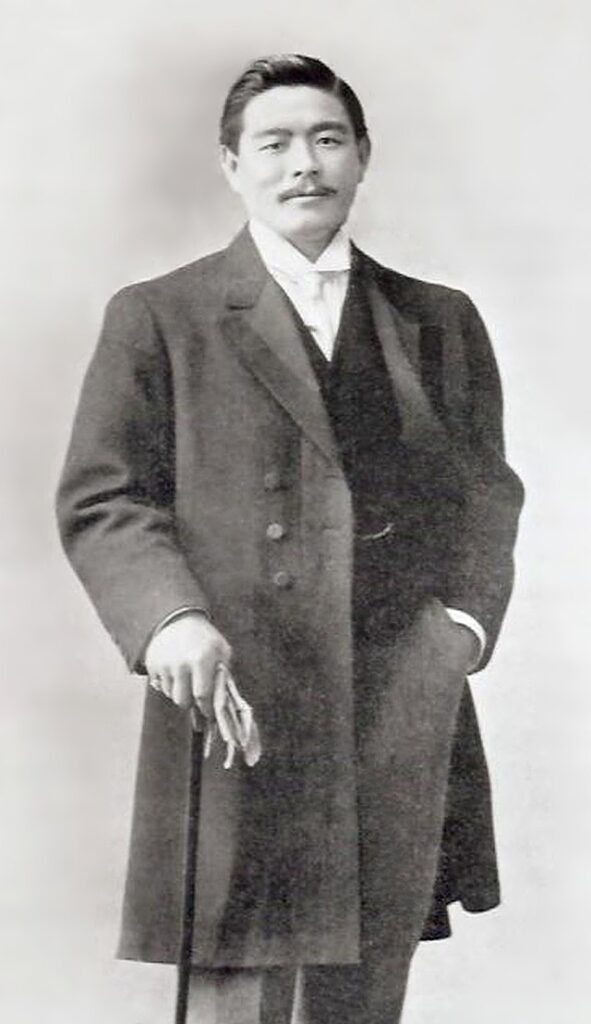
Maeda Tour Through Europe
In 1908, Maeda began a trip through Europe to give demonstrations and participate in wrestling events. First, living in London and getting work in pro wrestling shows, where he took on many Japanese Jujutsu practitioners.
One of these JJJ practitioners was Sadakazu Uyenishi. Arguably the first JJJ practitioner to teach the art outside of Japan.
The two, along with other Japanese Jujutsu practitioners, would do their challenge wrestling shows all the way to Paris, France. They would keep this tour up for around a year.
Mitsuyo Maeda Travels Through Latin America
After his stay in Europe, Mitsuyo Maeda made his way to Havana, Cuba, and arrived on December 14th, 1908. The wrestling act that Maeda was part of became insanely popular in Cuba.
They would stay in the country doing sold-out shows for the next seven months. From there, Mitsuyo would travel to Mexico City, Mexico.
He took what he learned from his JJJ friends and began incorporating it into his Judo demonstrations. While in Mexico, Maeda did several demonstrations in theaters and private lessons.
Maeda gained publicity by putting down a 500 peso offer to anyone who could throw him. A few months into his stay, a Japanese grappler called Nobu Taka arrived in Mexico and took Maeda’s public challenge.
But little did people know that Taka was actually Maeda’s friend Satake. The two worked the crowd and earned a lot of money after a sold-out theater show.
Maeda would continue traveling across all of the Latin American countries. Doing Judo demonstrations and taking part in early pro wrestling shows.
Mitsuyo Maeda Arrives In Brazil
In 1914, Mitsuyo Maeda would finally arrive in Brazil. A place where he would help introduce Judo and later become his home.
Arriving first in Porto Alegre and then working his way across the country, putting on pro wrestling shows and demonstrations.
In 1915, Maeda arrived in Belem, Brazil, and put on a demonstration at the Theatro Politheama. He would perform many demonstrations and “challenges” at this theater for the next few years.
A year later, his friend Satake parted ways with Maeda. Going on to introduce Judo in Manaus within the Amazonas State.
Mitsuyo Maeda would settle in Belem and continue putting on various demonstrations and taking on “challenges.” He would also eventually open his own Judo school in 1921.
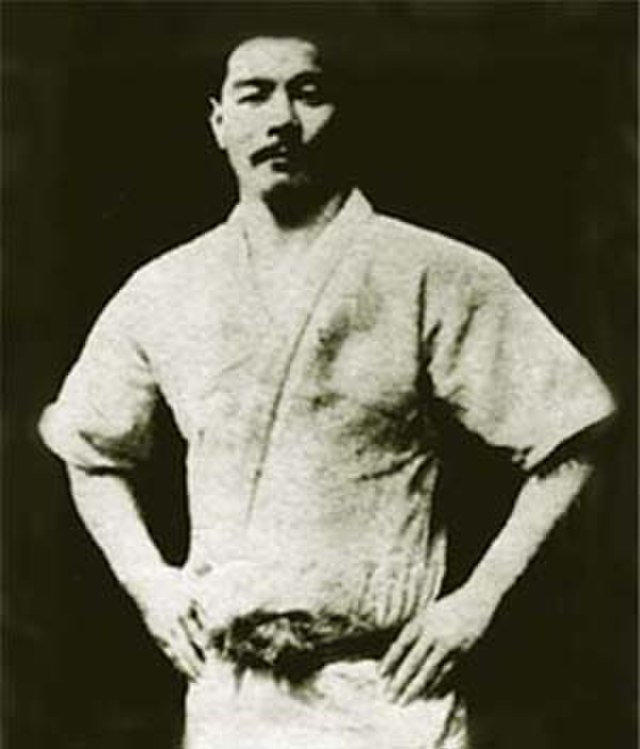
Mitsuyo Maeda’s Death & Post-Mortem Promotion
On November 27th, 1941, Mitsuyo “Conde Koma” Maeda passed away from kidney disease in Belem. When he did, he was a 6th Dan in Judo.
Fifteen years after his death in 1956, Maeda received his promotion post-mortem. On the day of the promotion, an event was held in his hometown of Hirosaki, Japan. At the event, a memorial to Maeda was erected.
Mitsuya Maeda’s Influence on Brazilian Jiu Jitsu
The Gracie family is forever connected with Mitsuya Maeda due to Judoka’s friendship with Gastao Gracie. Gastao was a successful businessman that would meet and befriend Maeda.
During one of Mitsuyo’s demonstrations at the Da Paz Theatre, Gastao’s oldest son Carlos Gracie Jr was in attendance. Carlos loved the demonstration and asked Maeda, who accepted him.
Gastao would also become friends with Maeda and help him with his immigration process. Also, help him organize and promote more shows in exchange for teaching Carlos Sr Judo.
Carlos Gracie Sr and Luiz Franca were two of Mitsuyo Maeda’s first Brazilian students. After learning under Conde Koma for a short time, the Gracie family moved to Rio de Janeiro.
Carlos would show his brothers Helio, Gastao, George, and Osvaldo the technique he learned from Maeda. The brothers would begin adapting the style to a more ground-based grappling art, where you fight off your back.
At this same time, Luiz Franca was also adapting his own style that was more ground-based. What these Brazilian grapplers created would become known as Brazilian Jiu-Jitsu. Without the influence of Mitsuyo Maeda, BJJ may have never been created.
Maeda’s Technical Influence
What many neglects to detail when talking about Maeda’s influence on BJJ was his technical influence. Before the term BJJ was later coined, Mitsuyo was developing his style of grappling.
Taking his knowledge of Judo and the grappling he learned from his JJJ friends. Being a smaller person, Maeda was always looking to create new setups to benefit his body size.
He actually planted this idea into his students like Carlos Gracie Sr, who would help create BJJ. All of the submissions throws, and controls that the BJJ founders knew they learned from Maeda.
Mitsuyo Maeda’s Influence on Judo in Brazil
People always talk about Mitsuyo Maeda’s influence on creating BJJ, but he also had an impact on spreading Judo around Brazil. Although, he isn’t the only one that deserves to receive credit for the growth of Judo in Brazil.
Judokas, like his friend Soshiro Satake, introduced Judo to the Amazonas region of Brazil. Their work made Judo incredibly popular in Brazil, where some of the best Judo athletes in the world are produced.
What Does His Nickname Conde Koma Mean?
Mitsuyo Maeda is known by his ring name, “Conde Koma.” It’s a nickname that means “count of combat” in Spanish and Portuguese. The nickname Conde Koma was given to Maeda during his stay in Spain in 1908.
The Legacy of Mitsuyo Maeda
Mitsuyo Maeda was one of the most influential figures in modern martial arts. Not only did he help introduce Judo in various places, but it was influential in the development of Brazilian Jiu Jitsu.
Anyone that practices BJJ, No-Gi, or MMA owes a debt of gratitude to Mitsuyo Maeda. A legend that helped establish the combat sports that we love.

